No more "concepts"—a real, work-in-progress OS pops up at Google I/O.
MOUNTAIN VIEW, Calif.—After
years of rumors and speculation, Google finally
announced a plan
to put a Google-blessed, car version of Android in a production
vehicle. Audi and Volvo have both signed up to have their "next gen"
vehicles powered by Google's OS.
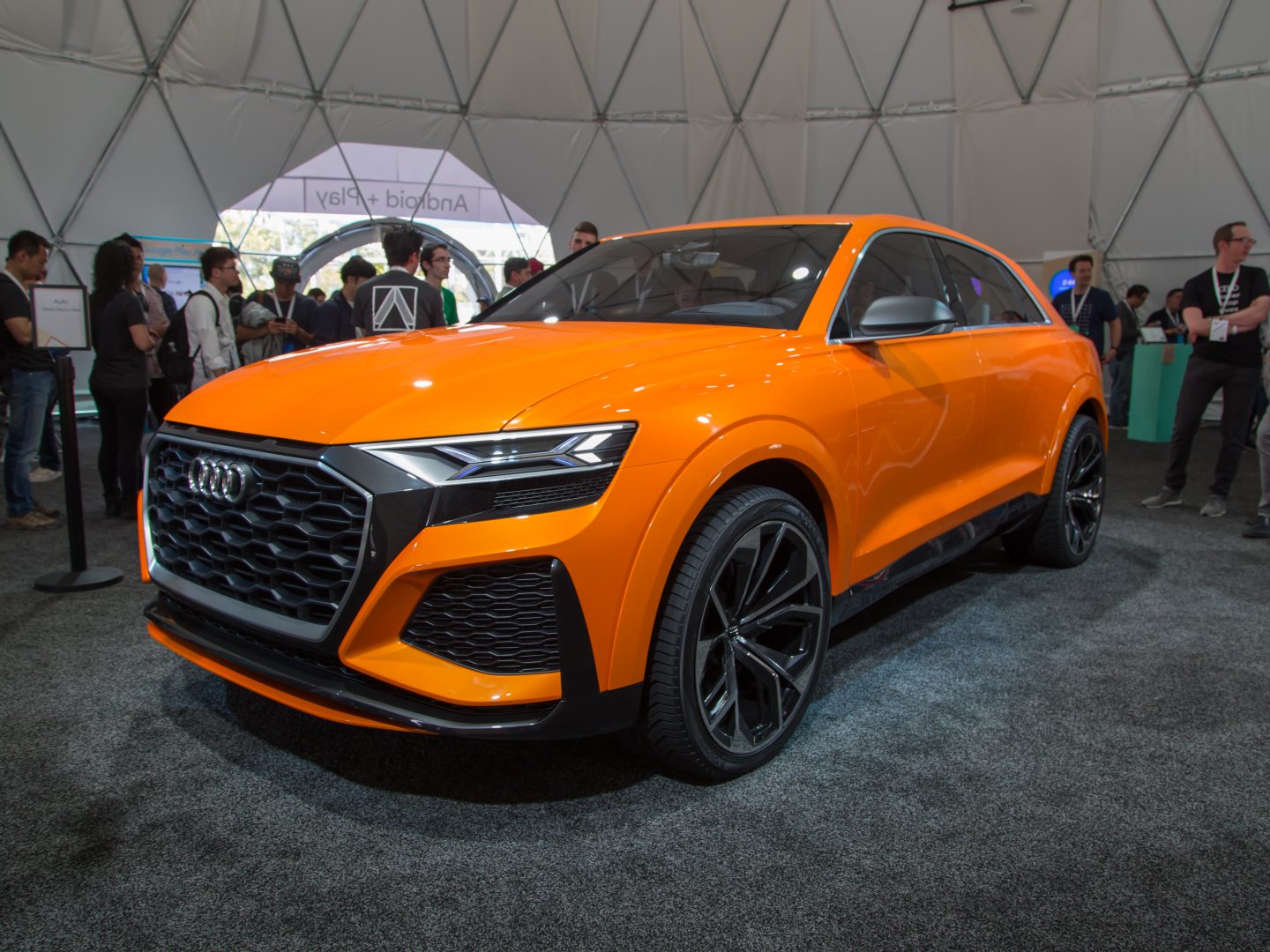
Previously we've seen "concept"
Android-as-a-car-OS displays from Google in the form of a
"stock Android" car OS in a Maserati and an FCA/Google concept for a "
skinned android"
infotainment system. With Audi and Volvo, the "concepts" are over, and
we're finally seeing a work-in-progress product that will actually make
it to market. And while previous concepts were quietly shown off with no
one willing to comment, Google finally seems ready to talk about how
Android in the car will work.

First off, there isn't really a name for the project—internally it's called "
Android Automotive;"
externally it doesn't really have a name other than "Android." This is a
little weird since the smartwatch, TV, and IoT variants of Android all
have special names to distinguish them from the smartphone UI. In this
case, the most obvious name is already taken by Android Auto, a
smartphone-based projected car interface.

As
we've written before,
car infotainment systems can be a mess when it comes to shipping modern
technology. Android currently ships in several cars, but Google has
never been involved before. Any Android car OSes out there today exist
because a car manufacturer grabbed the Android source code on their own
and reconfigured it into a car operating system, all without Google's
help.
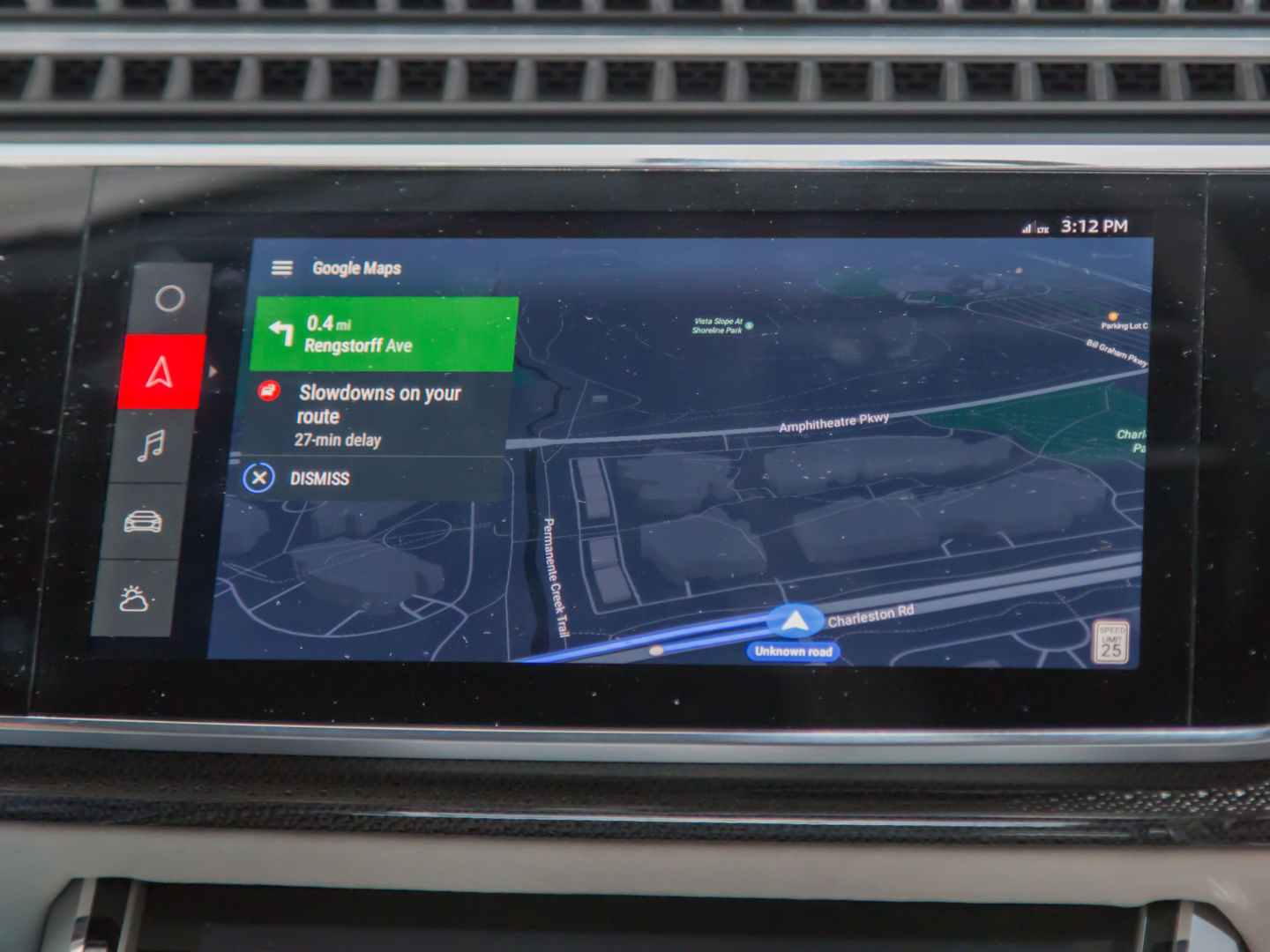
The result is usually a lot of development time and something that
is very out of date when it hits the market. For instance: the current
2017 Honda Accord runs Android as the car OS, but it's version 4.2 Jelly
Bean, an OS from 2012. Hyundai is even worse, shipping an Android 2.3
Gingerbread-based system on the 2017 Genesis.
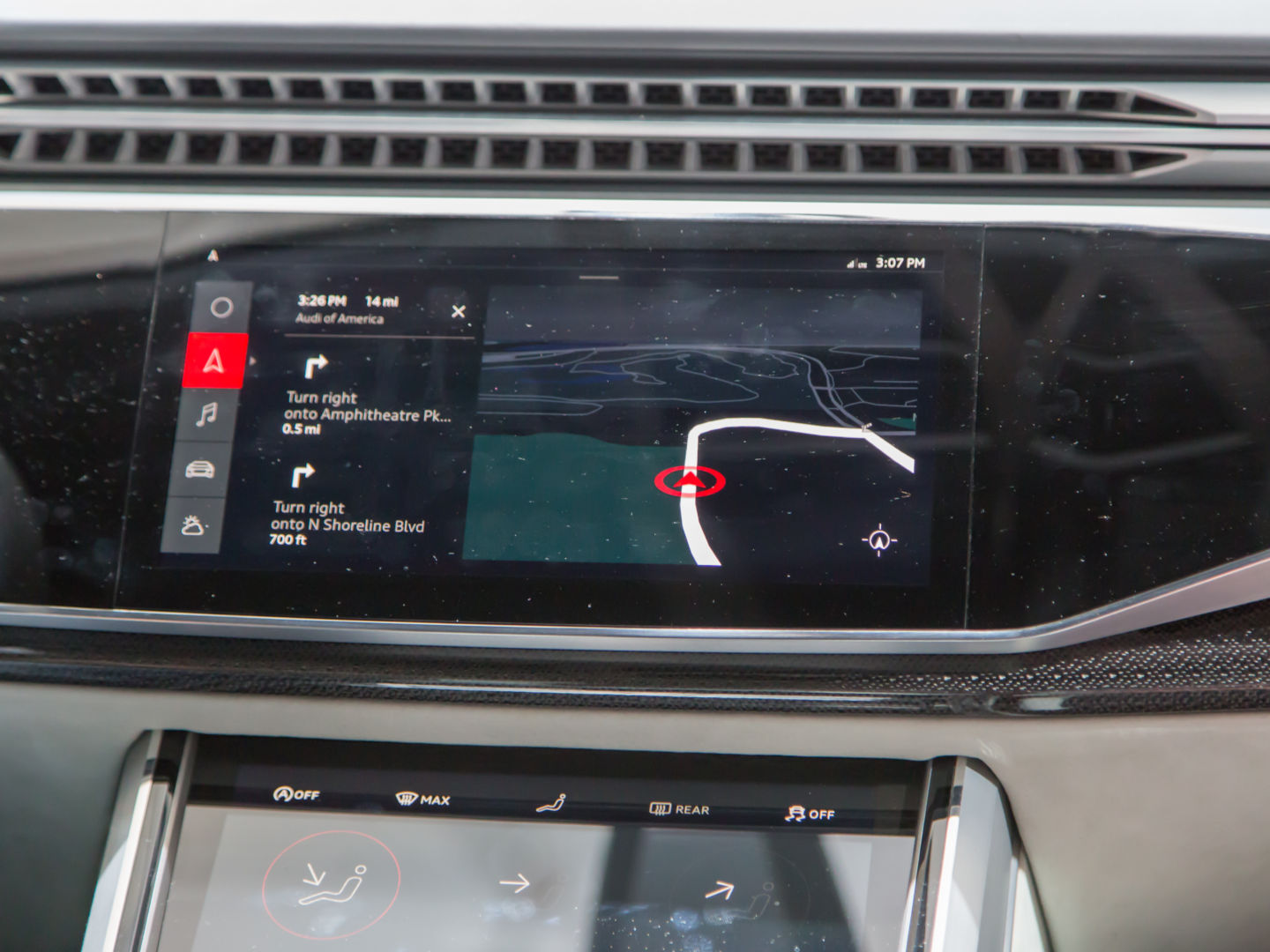
With Google's involvement, car manufacturers will ship much newer
versions of Android. Both the Volvo and Audi on display were running
Android 7.0, with a plan to move the system to Android O once it becomes
final. Android O was built with a particular eye toward automotive,
with features that will really help car use cases (for instance, it has a
quicker startup time).

Both cars skinned Google's existing Android code, showing that the
car industry will work a lot like the phone industry. Google produces
the core software, and OEMs rebrand the interface with their own
artwork. On top of the OS, Google provides apps like Google Maps, Google
Music, Hangouts, and other messaging services, and OEMs are free to add
their own apps to the OS, too. Audi had a weather app and its own
navigation system in addition to Google Maps.

The app platform here is the same thing you'd get in the
smartphone-based Android Auto system. To start, there are only two types
of apps: music and messaging, and developers don't get to make their
own UIs. Third parties plug into an existing OS-provided UI template
that has been approved by various safety committees around the world,
providing only an audio feed and icon artwork for an audio app, for
instance.
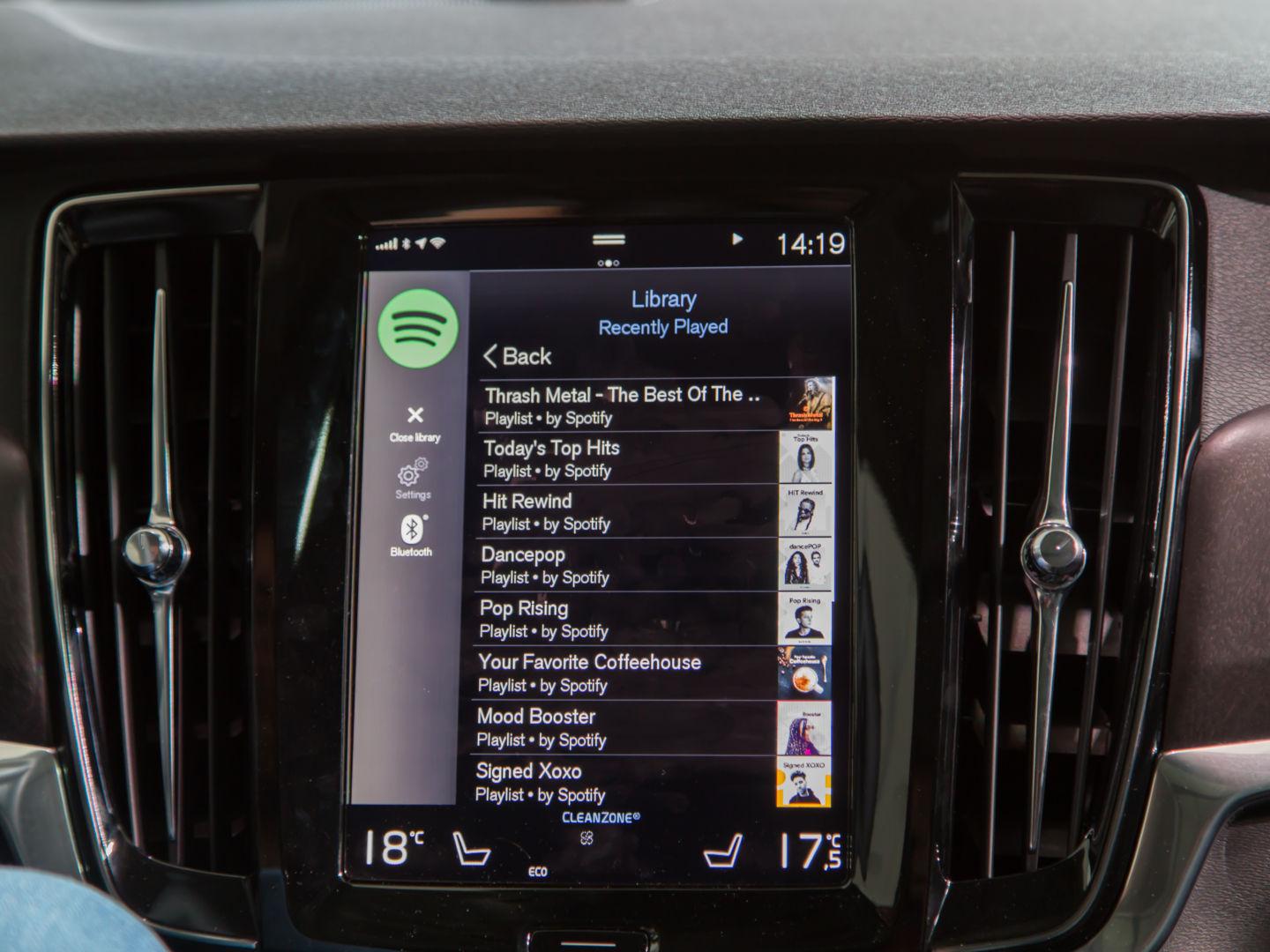
There's a big change in the native car OS, though: car makers
can also skin the third-party UI template. That means even apps like
Audible and Spotify look like native components of the OS, all decorated
potentially with a consistent design. Google does its best to fit in,
too, clicking Google Maps over to night mode to match the dark UI.
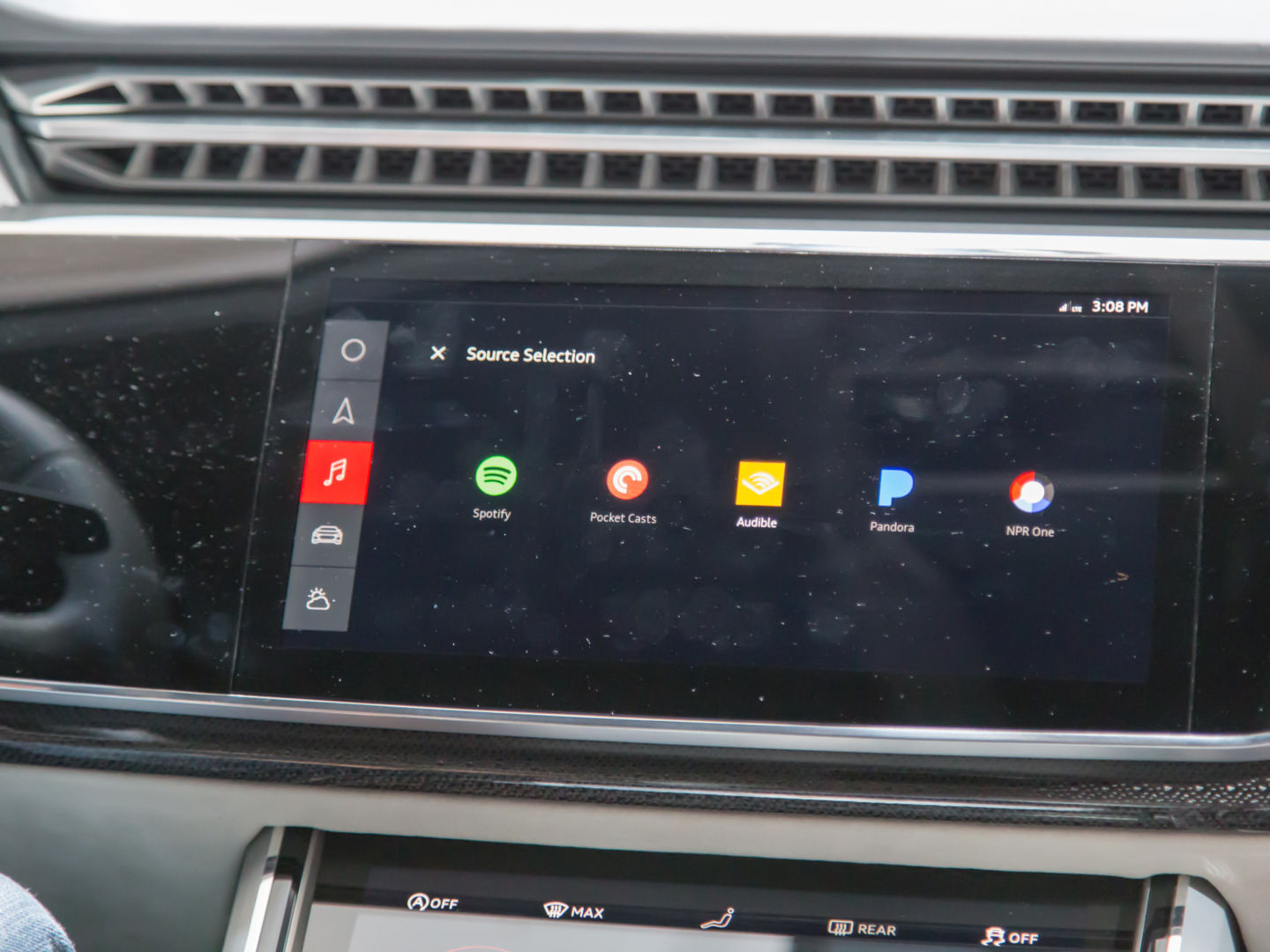
It seems inevitable that Google will have to produce a
Play Store for the car some day, since users need a way to load
third-party apps onto the system. Google isn't ready to talk about that,
and there was no app loading solution on either of the demo cars.

Like
Android, the possibility of competing, manufacturer branded app stores
in addition to the Google Play Store wasn't ruled out, either.

Overall, the OS is very closely based on Android Auto, with the
addition of HVAC and radio controls. Google Maps was the same interface
you'd get in Android Auto, but the Audi version had sweet 3D building
silhouettes, similar to the view you can get in a smartphone if you zoom
in a lot.
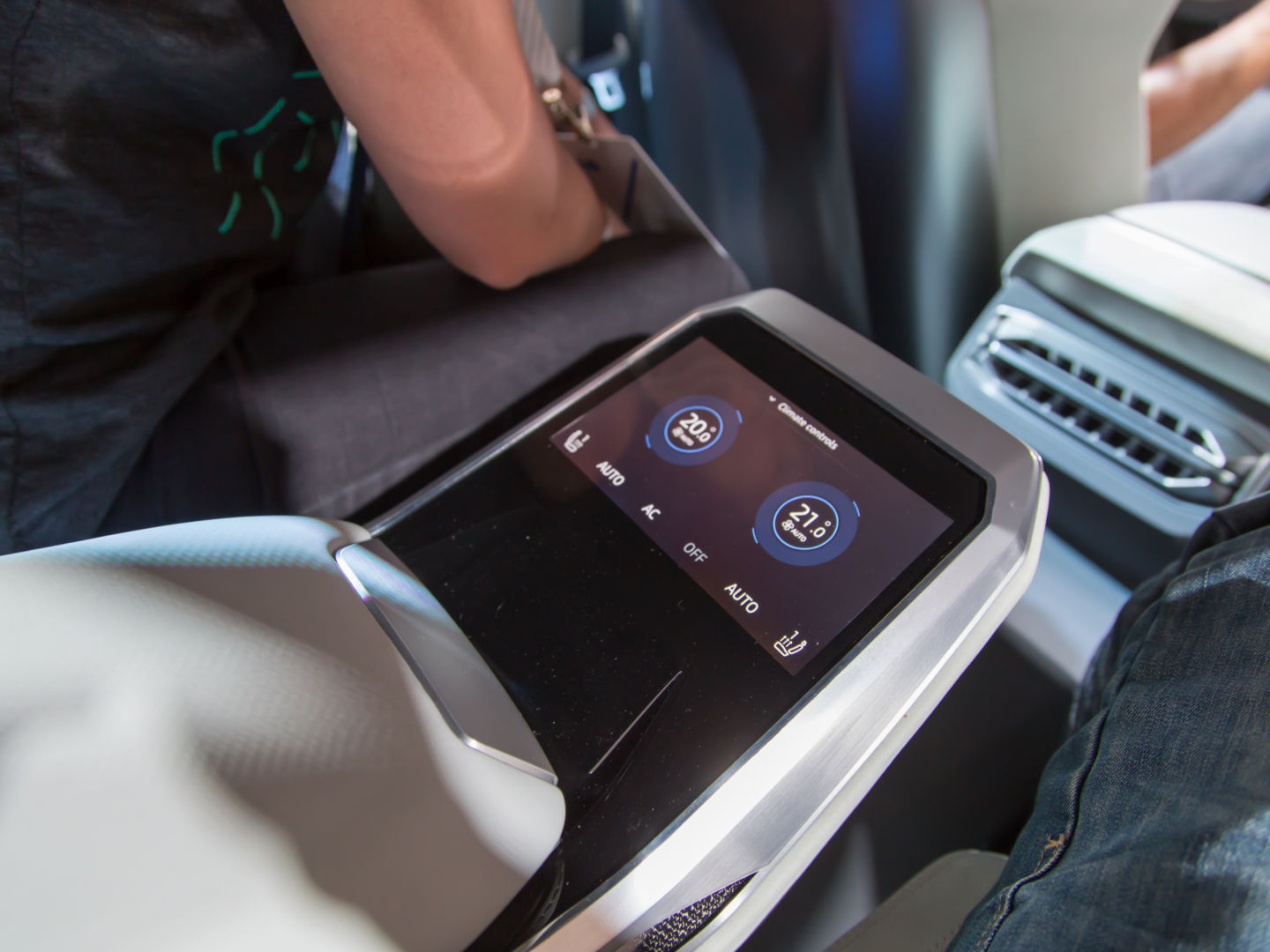
Our demo version also had a fully updated Google Assistant,
so you could ask Google questions, navigate somewhere, text someone,
control smart home features, and more. There were even a few
car-specific commands, like one for controlling the HVAC system.
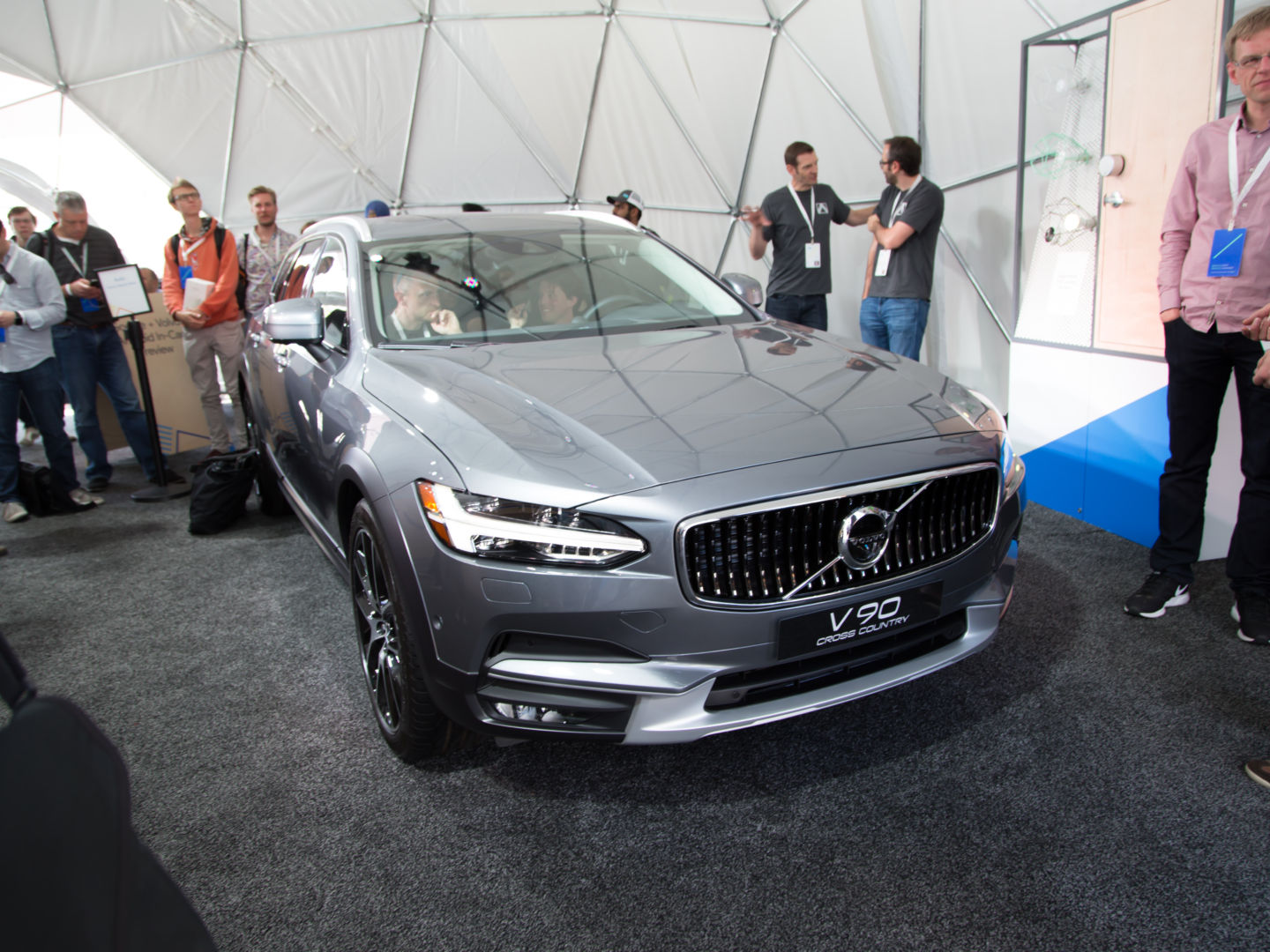
One interesting feature that was mentioned was the need for a "garage
mode." Today, Android is not really used to being "turned off," and
if you turn on an Android phone that has been sitting in a drawer for
some time, the first thing it will do is connect to the Internet and
download a thousand updates. This slows down a phone considerably, and
it would be a terrible experience every time you turned on your car.
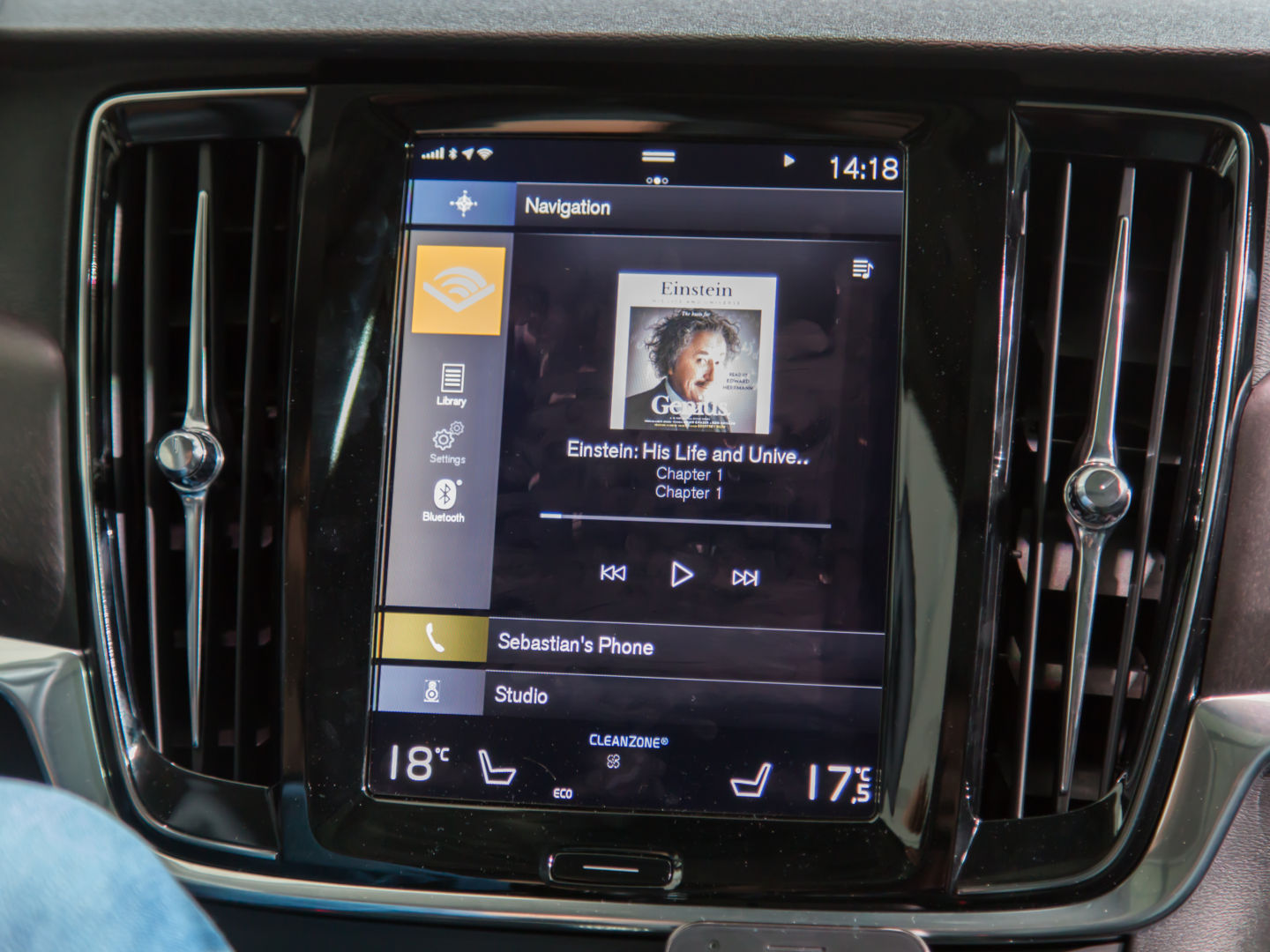
So
in theory, "garage mode" will be a low-power mode upkeep mode that a
parked car can occasionally kick into overnight.

The idea is a car
parked in a garage or driveway would be able to automatically wake up on
battery power, connect to Wi-Fi, and download app and system updates.
Then when you're ready to use the car, everything will be updated and
ready to go.
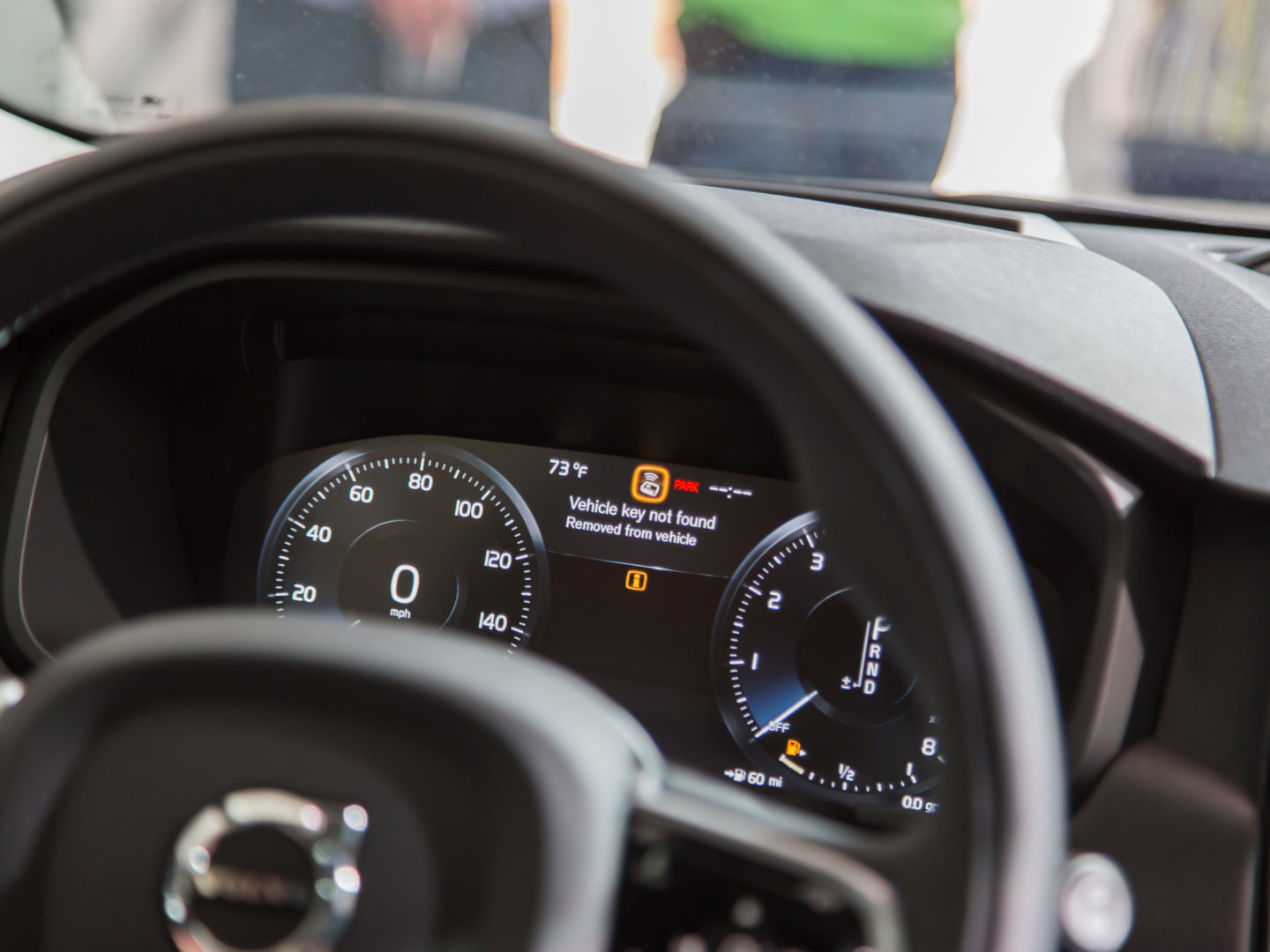
When we did our
recent deep dive into the car infotainment market,
my favorite interface used the digital gauge cluster for
the infotainment system, putting critical information like a map right
in front of the driver. Neither of the demo cars could do this with
Google Maps.
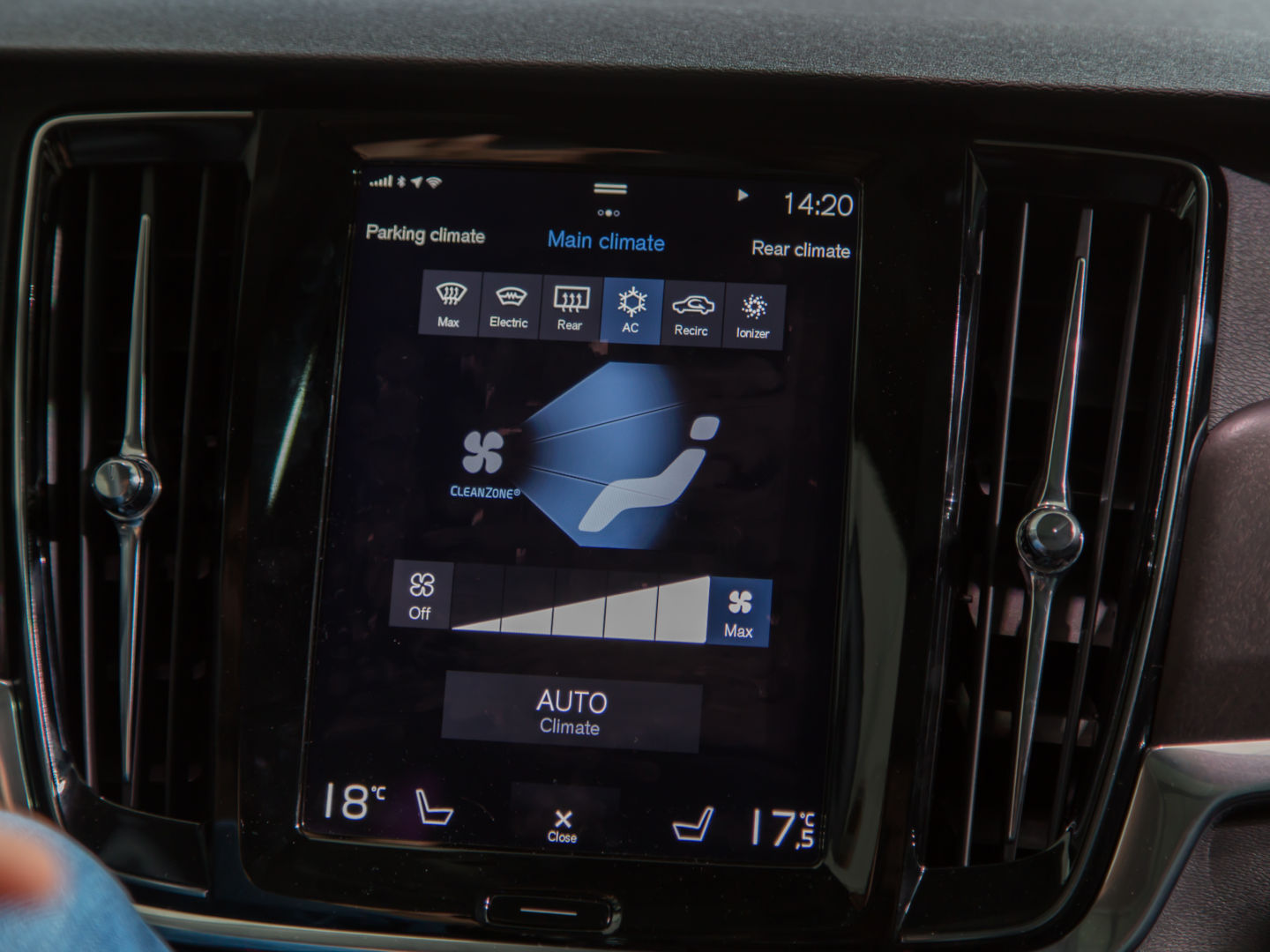
Google said this was something it was working on, but the
gauge cluster is usually a separate computer that needs to run a
real-time OS for safety reasons (a laggy speedometer is unacceptable),
and therefore it can't be Android-based.
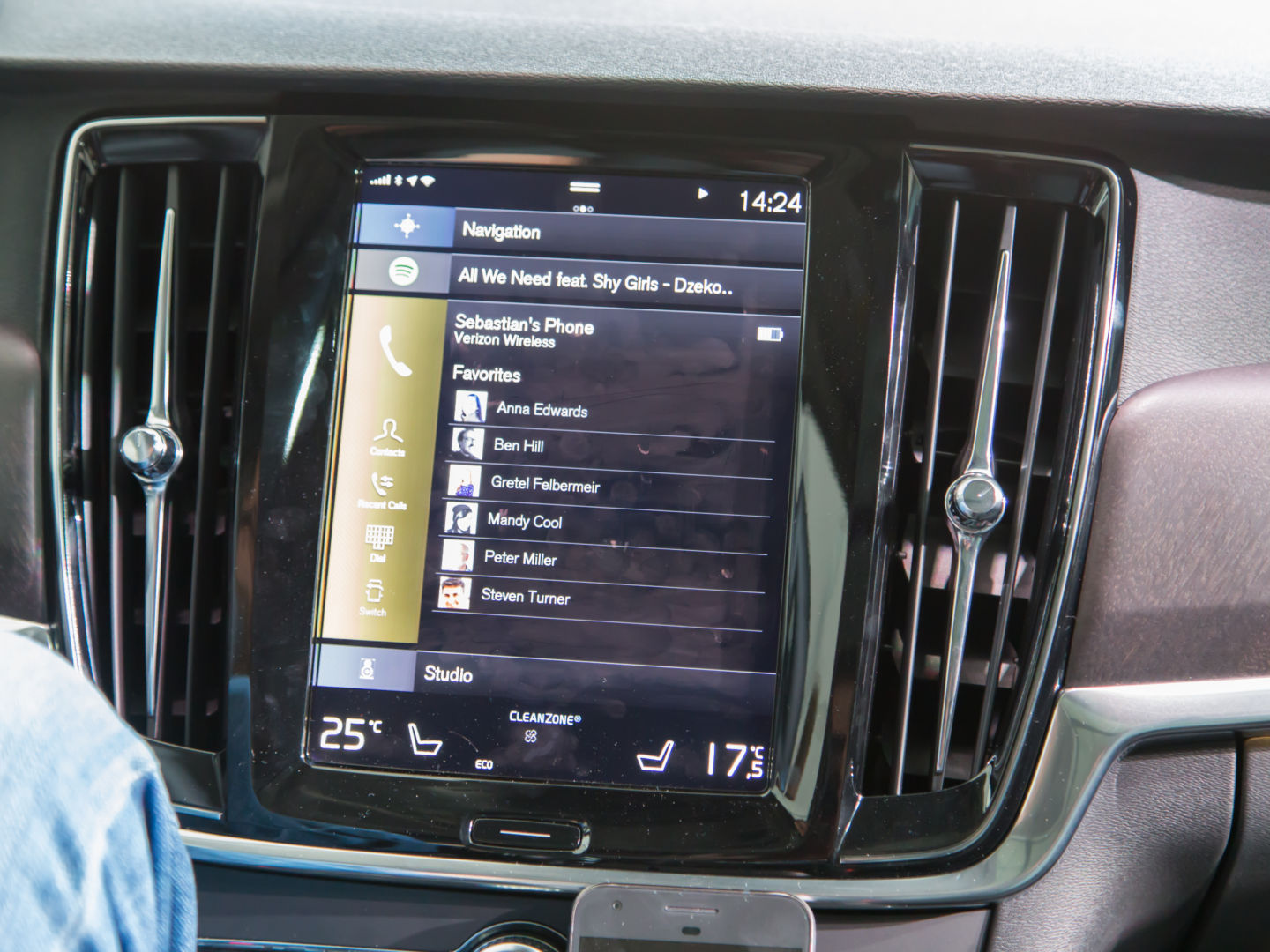
The company is working on ways
to better communicate with the gauge cluster system, though, and the
Audi demoed could show Audi's map system in the background—there was no
cross over from Google apps yet.
The big takeaways here were that both systems proved incredibly
snappy and responsive. They have an app platform that, while limited to
only music and messaging, can actually work across car manufacturers
(which is practically unheard of in the industry). The highlighted plan
is to ship a brand new version of Android, instead of something that
is five years old. And while Google rightfully gets a lot of criticism
for the state of smartphone Android updates, Android's mobile update
model is still a lot better than what exists in the car industry right
now. If Google keeps it up, QNX might actually have some competition in
the car OS space.


















Comments
Post a Comment